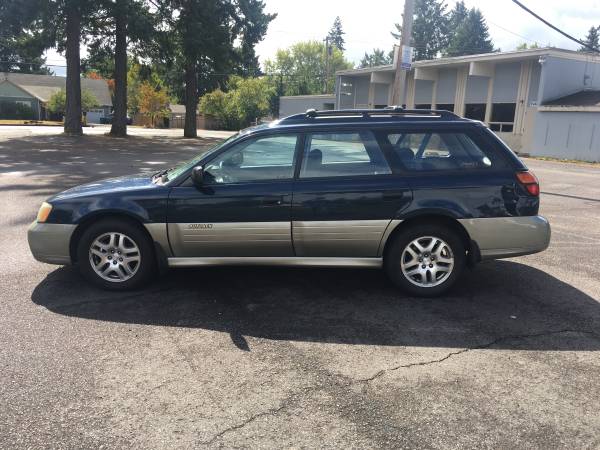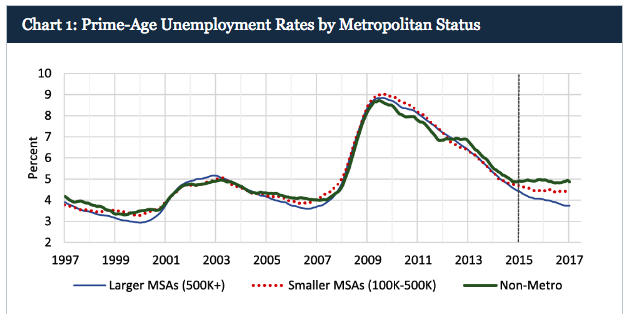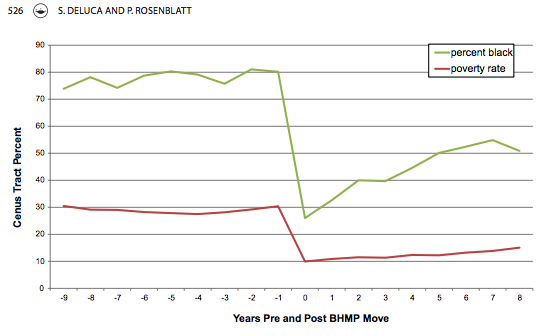What City Observatory did this week
1. Subarus and Suburbans: Flat fee unfairness. Proposals to implement some form of road pricing, which would charge cars based on which roads they use, when, and how far they drive, have raised concerns that pricing may be unfair to low income households. But unexamined in such criticisms is whether the current way of paying for roads is fair. We take a close look at vehicle registration fees, one of the mainstays of current road finance schemes. In many states, registration fees or car tabs are a fixed dollar amount that doesn’t vary by vehicle type or amount of driving. We compare the incidence of these fixed fees on a two cars: a used, lightly driven Subaru, and a nearly new heavily driven Suburban. The Subaru pays a much higher fee as a percent of its value (20 times as much, in our example), and also pays almost 3 times as much per mile driven–even though the Suburban causes vastly more wear and tear on the road system. It’s a regressive, unfair and inefficient way to pay for roads.
2. Cities are pulling away economically. A new study from the Federal Reserve Board looks at long term trends in unemployment between cities and rural areas. It finds that unemployment rates have fallen most in the largest metros (to less than 4 percent on average), while unemployment rates have bottomed out in smaller metros (4.5 percent) and rural areas (5 percent). This seems to be another indicator that US economic growth and opportunity are being driven by urban centered economic activity. Another development: unemployment rates for those with a high school diploma or less, which have been lower in rural areas than cities, have reversed. Your chances of being employed if you have just a high school diploma are higher in large cities than in rural areas.
Must read
1. Trump’s tax reform and the Mortgage Interest Deduction. The sharp folks at Zillow have done the homework to estimate the effect of the Trump Administration’s changes to tax policy on the use of the mortgage interest deduction (MID). A taxpayer would need to buy an $800,000 home to make the mortgage interest deduction more valuable than simply applying a new doubled standard deduction. (Today, by Zillow’s calculation, the MID pays off for those who spend $300,000 or more). Overall, only about 5 percent of US homes are worth enough to qualify for MID benefits under the new plan. In addition, the number of homes varies widely by market, and is much higher in expensive coastal markets. In San Francisco, 59 percent of homes would still benefit from the mortgage interest deduction. In Pittsburgh, only 1 percent. For full details on the calculation, and data for individual metro areas, see Zillow’s full analysis.
2. Meanwhile, at the other end of the housing subsidy spectrum, there are the long lines for those waiting for Section 8 vouchers. The Los Angeles Times reports that after 13 years of refusing to accept new applications for housing vouchers, the City of Los Angeles expects to get as many as 600,000 applications for housing assistance. The bad news: the city expects to hand out only about 2,400 vouchers per year; Just 20,000 of the 600,000 will be accepted onto a waiting list, and they’ll likely have to wait several years just for a shot at the vouchers. There’s a stark contrast between the mortgage interest deduction (available automatically to all those who qualify; provided you have the income to buy a house) and Section 8, which is open only every several years, reaches a tiny fraction of those eligible, and requires long waits on a waiting list before aid becomes available.
3. How not to develop autonomous vehicles. Tony Dutzik of the Frontier Group and Henry Grabar of Slate describe the risks of a lasseiz faire approach to developing autonomous vehicles that would let automakers unilaterally control many of the aspects of AVs, including preemting state and local regulation. In theory, automated vehicles might effectively eliminate many crashes and deaths that are attributable to human error. But whether such promises can be realized, and whether they’ll create other problems, as yet unforeseen, depends heavily on the details of how they’re developed. As Dutzik points out, the history of relying on the industry to promote safety is fraught. Grabar worries that the broad discretion allotted to automakers by the AV legislation now moving through Congress is so vague that it could trump well-established local powers (like setting speed limits), and foreclose policies to need with likely new problems (i.e. whether owners of AV fleets can use the public right of way as free storage areas for unoccupied autonomous vehicles waiting for customers.
4. Its not the opportunity hoarding, its the shortage of opportunities. Richard Reeves book Dream HOarders has gotten a lot of mileage with the argument that the upper middle class has, through a combination of legacy admissions, exclusionary zoning and unpaid internships, “hoarded” the set of available opportunities for economic progress. Bloomberg’s Noah Smith pushes back, arguing that inequality owes as much or more to our national failure to create more opportunity. Smith’s point is that if we focus our attention mostly on rearranging access to a limited set of opportunities (like busting up the legacy college admission processes at elite schools), rather than investing in expanding the scale of opportunity (for example, more generous funding for the public universities that have been shown to materially accelerate inter-generational economic mobility), we’ve put ourselves into a zero sum game. Smith agrees that we should get rid of exclusionary zoning, but if we don’t expand opportunities, we won’t make much progress.
New Research
Walking away from the wire. Sociologists Stefanie DeLuca and Peter Rosenblatt report on the results of a program that helped low income residents of Baltimore move to mixed income suburbs with higher performing schools. Like several other cities, Baltimore has had a “moving to opportunity” style program that gives low income households in public housing the opportunity to move to higher income neighborhoods often in suburbs. One of the questions about such programs is whether households that initially make such moves persist in their new more diverse and affluent neighborhoods. DeLuca and Rosenblatt show that while subsequent moves take voucher recipients to neighborhoods that have a higher black and poor population, the vouchers represent a persistent change in location. A key feature of the Baltimore program was pre-move counseling and ongoing support services to help moving families adapt to their new neighborhoods.




